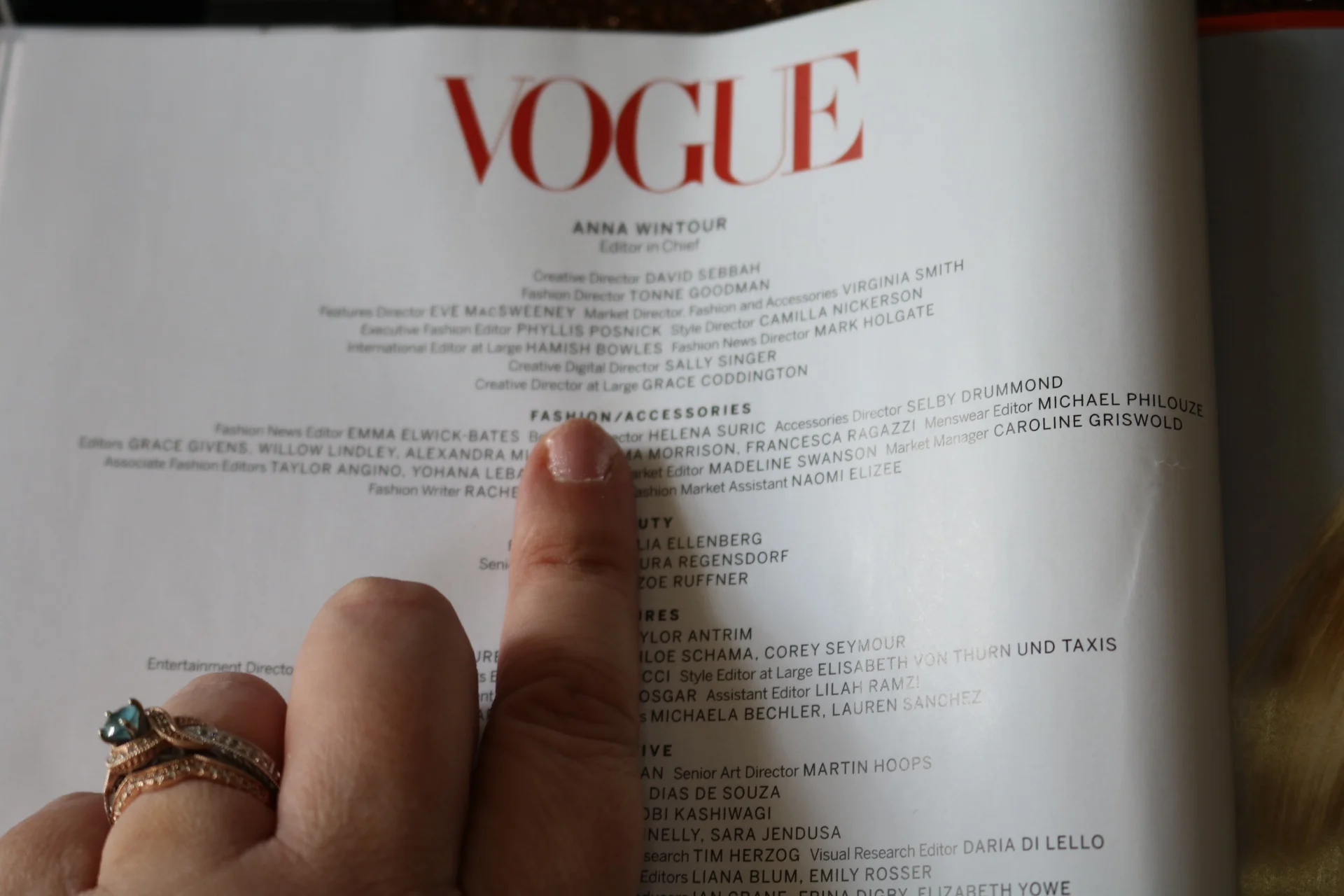How To Pitch Magazines: A Writer's Guide for Getting Published
Lately, one of the biggest questions I've gotten from new writers is how to pitch a magazine. For the modern freelance writer, the online world of published articles and opportunities to be featured in well-known magazines is daunting and intimidating. There's a right way to propose your pitch to the editor of a magazine – which means there's a wrong way, too.
There is so much competition out there for that spot to feature your article that it's worth taking the time to work out how to approach the big wigs and make a name for yourself. Here is a step-by-step guide to writing and pitching your article to a magazine.
pitching to magazines
1. Research
Doing your research is paramount. You have to know the magazine you're pitching to reasonably well to know exactly how to address them. Read their latest publication and find out what kind of material they are most interested in. Then, read the last six issues. Really, get to know the style and type of article they like. I'm not kidding. Do the leg-work.
2. Deciding on a form of contact
Once you've done your research and have familiarized yourself with the magazine, you need to work out whether to send an email or a letter. For the most part, email is best for this initial approach – it allows you to be brief in your proposal but clear in what you're trying to achieve. Editors don't have time to read an essay.
3. Getting the contact information
Finding the email address of the right section editor can be tricky. Here are some tips:
Usually the magazine's website will have the information you need. Go to the contact page and look for the submission email address.
If the site doesn't list one, go to the magazine's masthead (the listing of the people who work for the magazine usually found by the contents page) and see who the section editors are. Then, attempt to make contact with them through LinkedIn.
You can also try finding out their email address by finding their social media pages on Facebook, Twitter or Instagram.
Google the magazine's name and the words "submission guidelines." A little searching may turn up just what you need.
Get a subscription to the Writer's Market. This site lists all the latest contact information. Or you can buy Writer's Market 2020 in book form if you don't want a subscription.
How to contact a magazine
4. How to write your pitch
Begin your pitch with an eye-grabbing subject line that summarizes your story without going into too much detail about it. Then, start your email with a top-line in bold that summarizes your pitch. While you need to be clear with the context of your article, the editor wants to know what you want ASAP. Be specific and clear about what it is you're pitching.
What you follow up your top-line with is essential. You should include roughly 100 to 150 words of background to your title, allowing the editor to get a little more information about your article, without giving the whole thing away. You want to give them a taste of what you've written.
Finally, once you've filled out the email with your top-line and brief article summary, you want to finish off with a short bio about yourself – past work, achievements, why you want to write for their particular magazine. Keep it short and relative to their publication – only include information that reflects the kinds of things they're looking for in a writer.
5. Follow up with the magazine
Once you've finished writing your pitch, don't just sit back and wait for the reply. Editors are busy people and have a lot of emails to get through every day, so part of the job is in your ballpark.
Once you've sent your email, find their contact information and give them a call, asking if they've received your pitch. This will help them to find your email and potentially get them to put it at the top of their to-do list. You want to be perceived as proactive and motivated.
Calling not your thing? I hear you! You can also send a follow-up email. I've gotten dozens of assignments just because I had the nerve to follow up with an editor.
It's a dog eat dog world out there for freelance writers pitching to magazines, and it's not getting any easier. You want to stand out from the crowd by producing an attention-grabbing, relatable pitch – it gives the editor the impression that you're seasoned and know what you're doing.
Want some more great tips on how to be a freelance writer? Get the No-Fluff Freelance Writing Starter Pack.











